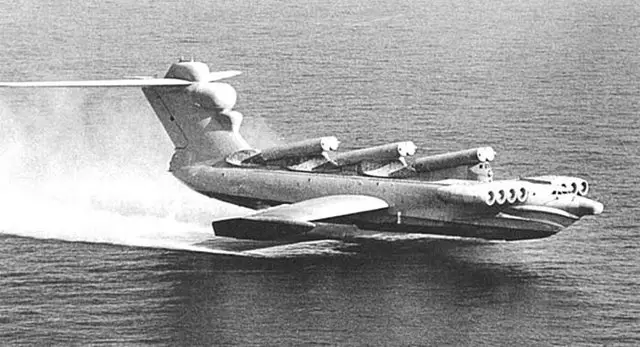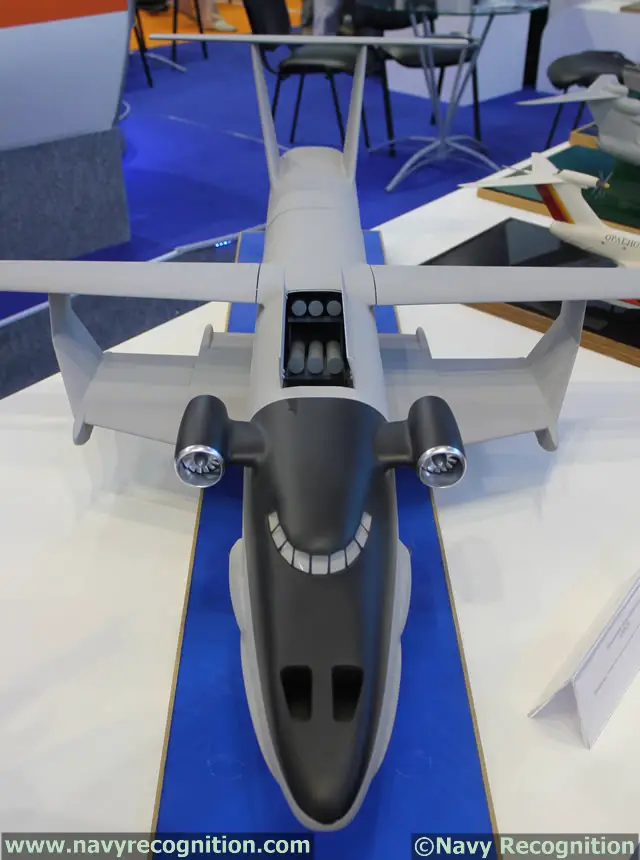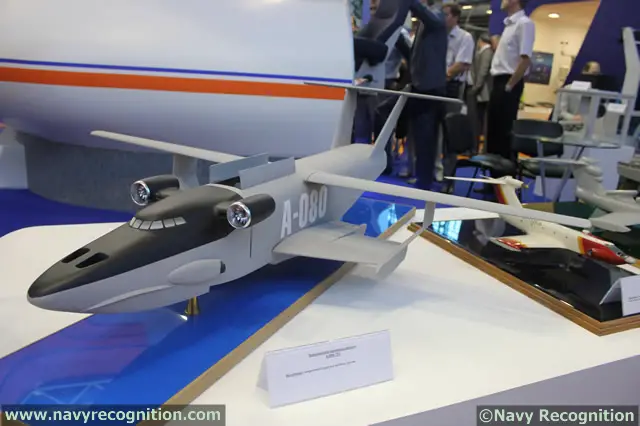Breaking news
Development of New Ekranoplan Type GEV for Russia`s Navy is underway.
| 2017
|
|
|||
 Lun Ekanoplan. Picture: Stock Archives of Soviet Navy Lun Ekanoplan. Picture: Stock Archives of Soviet Navy |
|||
|
|
|||
|
The company told the newspaper that the issue was the designing of a basic platform tentatively named Spasatel (Rescuer). According to Izvestia, the vehicle has a weight of nearly 600 t, a length of 93 m and a wingspan of 71 m. The decision in favor of a heavy GEV was made, as such platforms can fly at Level 5-6 sea state.
The mockups of the Spasatel have passed the trials in the aerodynamic tunnel of the Central Aerohydrodynamic Institute in Zhukov sky near Moscow and in a special pool. The experts have made positive conclusion, the technical plan has been maintained, and the manufacturing cooperation has been established. A full-scale mockup fitted with a cockpit and operators` workplaces is planned to be assembled. The Samara-based Kuznetsov company will develop a powerplant for the Spasatel. The prototypes for the static and dynamic trials will have to be produced. The vehicle is planned to make its flight in 2022-2023 and to finish the trials in 2025. The Spasatel`s range is expected to be several thousand kilometers, and the vehicle will be able to land at both sea surface and ground. To this end, it will be fitted with wheel landing gear and an advanced mechanization of the wing. The Soviet-age GEVs were not equipped with chassis and could land only at sea surfaces, like hydroplanes. Therefore, their exploitation was limited. The new vehicles may come into an active use in the Arctic region and the Pacific. |
|||
|
|
|||
 Anti-ship and land attack missiles may be fitted in the Ekranoplan A-080-752 Anti-ship and land attack missiles may be fitted in the Ekranoplan A-080-752 |
|||
|
|
|||
|
The GEV will be fitted with a ramp to provide loading and unloading of troops and cargoes. The vehicle will be able to transport up to 500 servicemen with weapons at a speed of 550 km/h. The mobility of the Spasatel will exceed that of landing ships. Moreover, the GEV sits in draft with enemy`s mine barriers and torpedoes, while it can hardly be detected via a radar, owing to low altitude of its flight.
Alexander Mozgovoy, an expert, told the Izvestia newspaper that bringing of GEVs back in service would be a breakthrough for Russia. "GEVs are more cost-effective compared with fixed-wing aircraft," he pointed out. Ground effect vehicles are hybrid transport means. Owing to an air cushion, they can glide over sea surfaces, ice- or snow-fields, tundra, steppes or deserts. The Project 903 GEV had a take-off weight of 380 t; it was fitted with six Moskit anti-ship missiles. However, the Lun project was put on hold after the collapse of the Soviet Union, the Izvestia newspaper says. © Copyright 2017 TASS. All rights reserved. This material may not be published, broadcast, rewritten or redistributed. |
|||




























